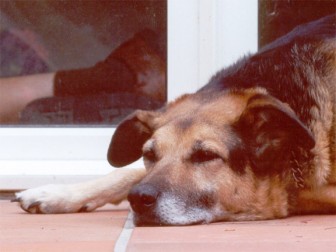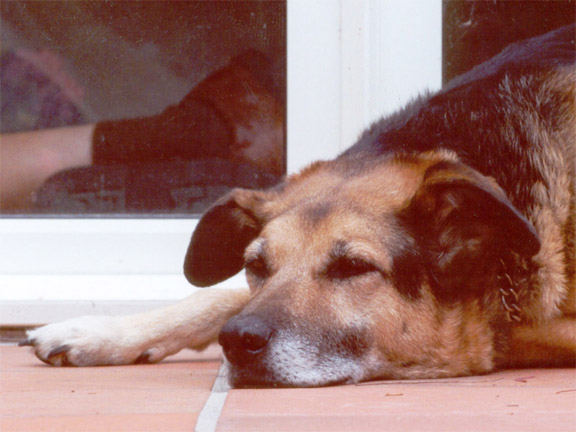Last week, we defined heart failure as an inability of the heart to provide (by pumping) adequate circulation to meet the needs of the cells, tissues and organs of the body. We promised to discuss left side and right side heart failures.
Left heart failure
You remember we had said at the beginning, when we were discussing the basics of the heart function and blood circulation (August 14), that the heart is made up of four chambers – the left and right top chambers (auricles) and the left and right bottom chambers (ventricles). When the left bottom chamber begins to fail, pressure builds up in the blood circulation relative to the lungs. The consequence is blood congestion in the lungs, which results in a continuous accumulation of fluid in the (air sacs of the) lung. As the problem progresses, the animal has so much fluid in the lungs that it begins to cough up a bubbly, red (blood contaminated) fluid. In a situation where there is fluid in the lungs, the animal would obviously not be able to inhale enough air (oxygen) into the lungs. When an inadequate amount of oxygen reaches the cells/tissues/organs, then their functions become compromised and fail.


When the condition is reaching the point of irreversibility, the dog begins to faint (lose consciousness). Owners think the dog is getting a fit (seizure).
In all of this, the owner has to understand that what is happening is that, because of the left side heart failure, blood volume/mass is increasing in the lungs. This makes the lungs relatively heavy (blood weighs more than air), and, because of gravity, all of this heavy fluid is sinking to the bottom of the lungs and compressing them. That in turn negatively influences breathing.
The animal needs air (oxygen) and is not getting it. The dog begins to turn blue (cyanosis). This bluish tinge is seen on the tongue, gums and inside of the mouth. If this lack of oxygen continues, the work of respiration (breathing) is increased and minimal exertion fatigues the animal. Actually, at this stage, one can hear a ‘crackling‘ sound as the airways close and open during breathing.
I should mention, just to show how serious this ailment is, that because of the increased pressure in the blood vessels in the lung, serum from the blood in the capillaries will also ooze into the lung (edema), causing the lungs to become heavier still. Worst of all, if the pressure increases too much, the left side atrium (top chamber) may tear. The dog will collapse and death is imminent.
Next week, we will deal with the right side heart failure and the general treatment of heart failure.
Please implement disease preventative measures (vaccinations, routine dewormings, monthly anti-heartworm medication, etc) and adopt-a-pet from the GSPCA’s Animal Clinic and Shelter at Robb Street and Orange Walk, if you have the wherewithal to care well for the animals. Do not stray your unwanted pets, take them to the GSPCA’s Clinic and Shelter instead. If you do not wish your pet to have puppies or kittens, you may exploit the GSPCA’s free spay and neutering programme. If you see anyone being cruel to an animal, or if you need any technical information, please get in touch with the Clinic and Shelter by calling 226-4237.






